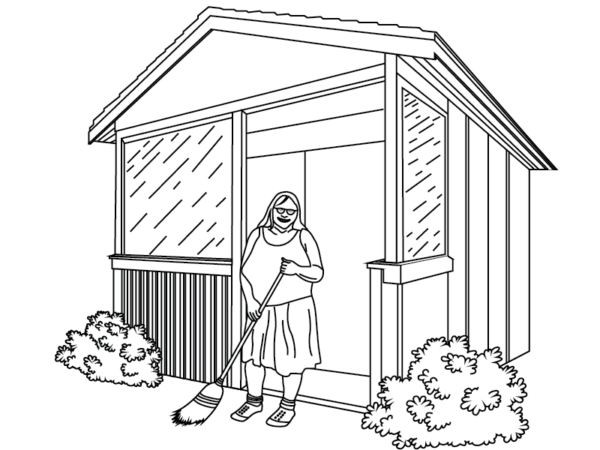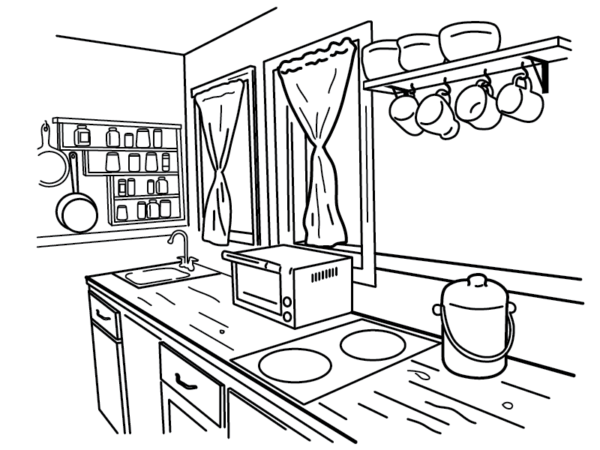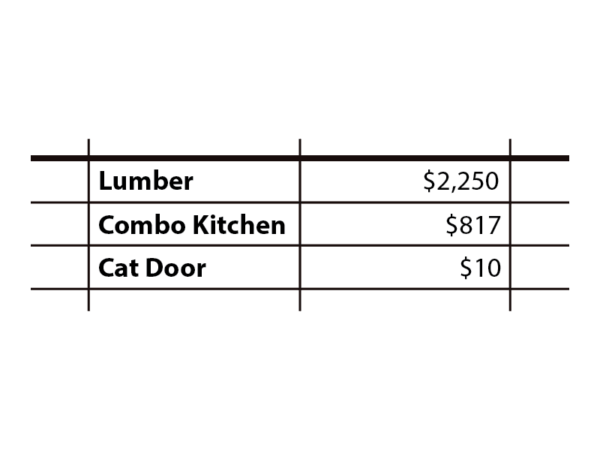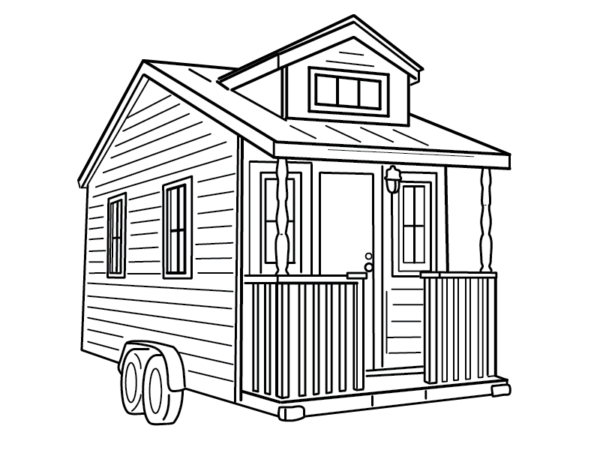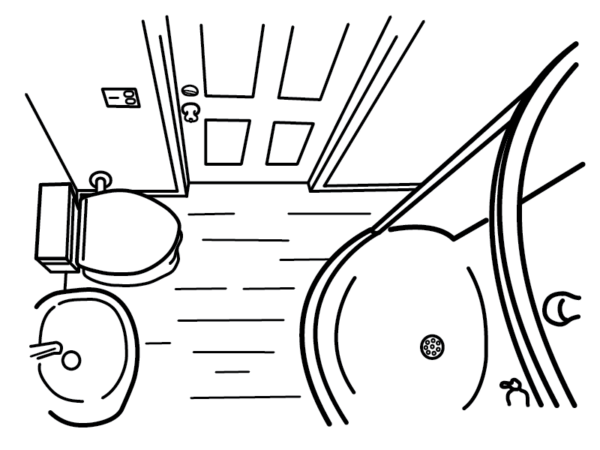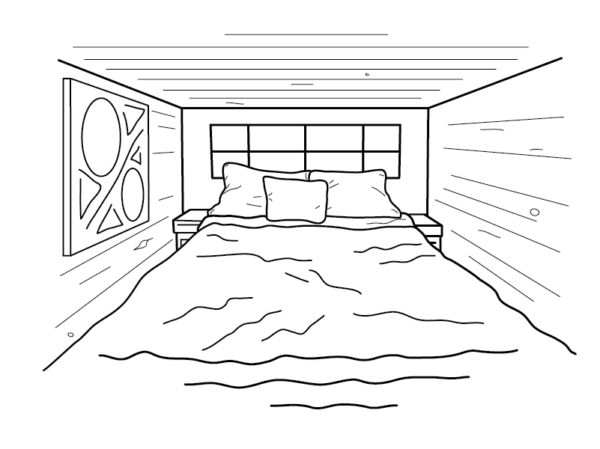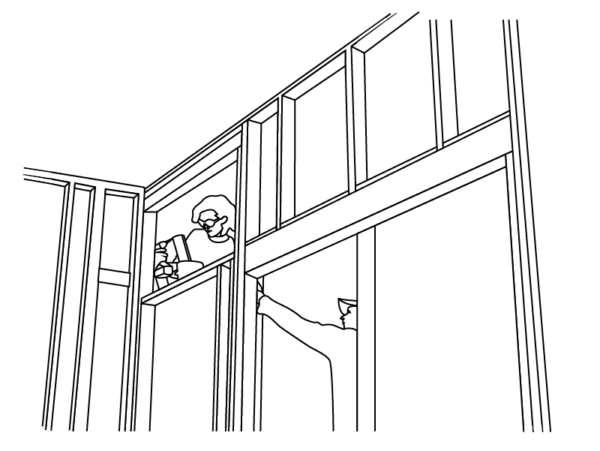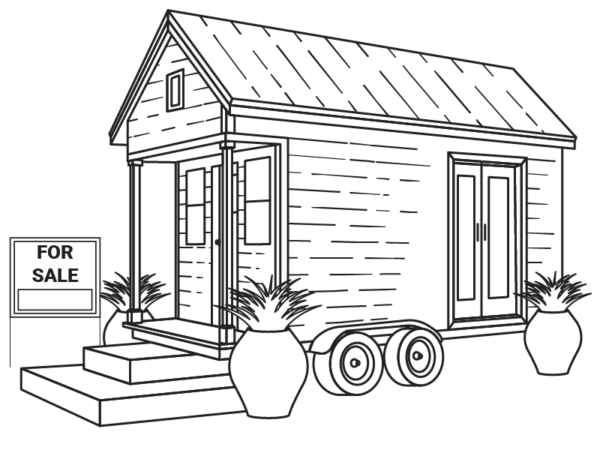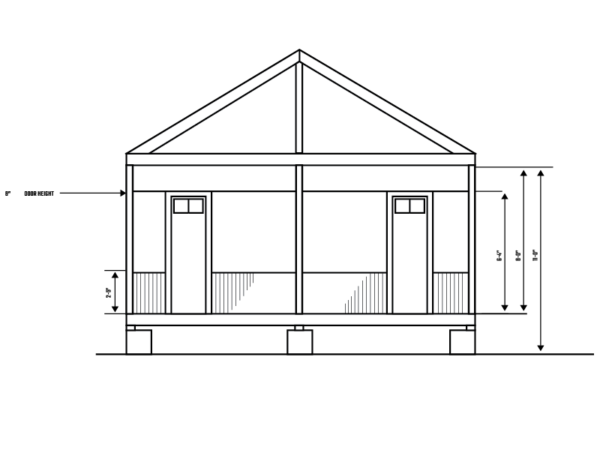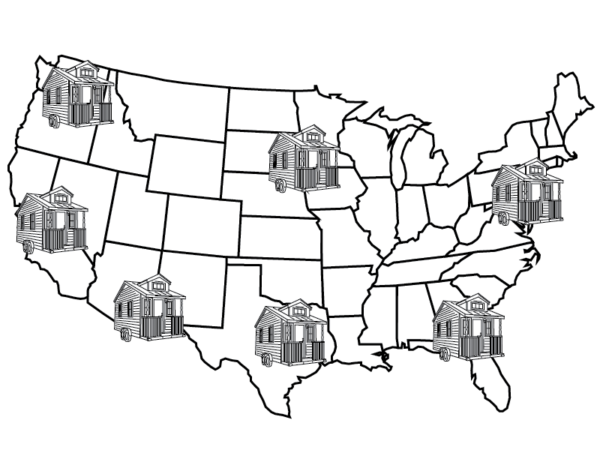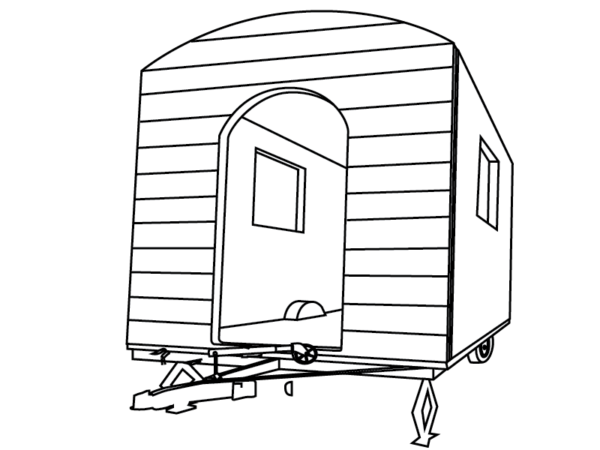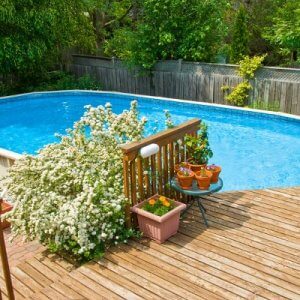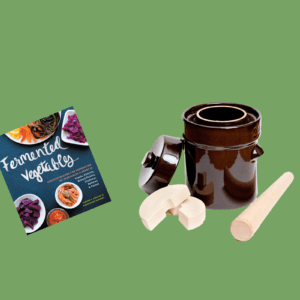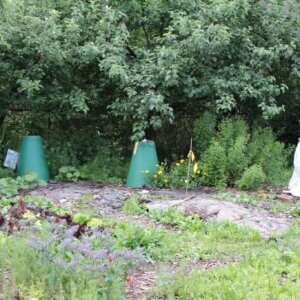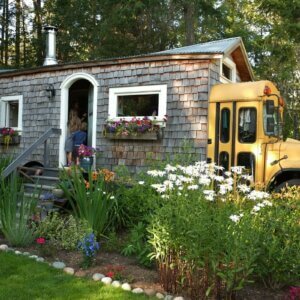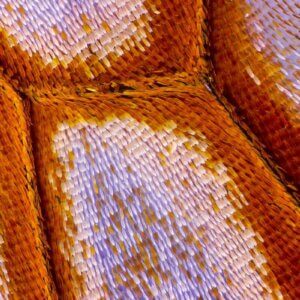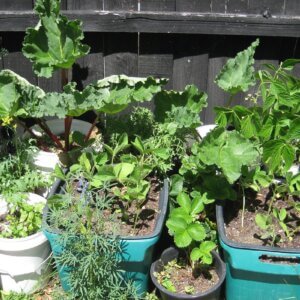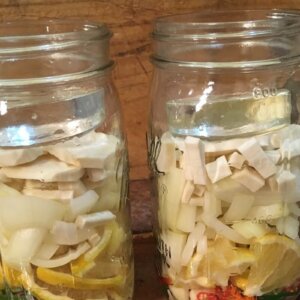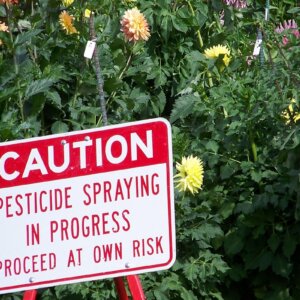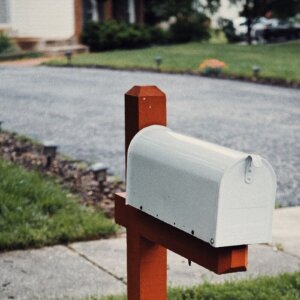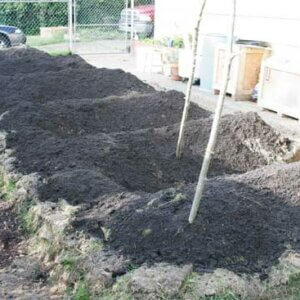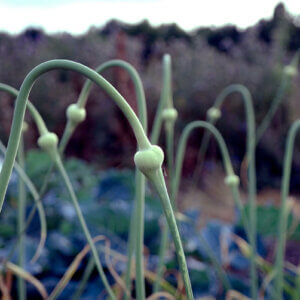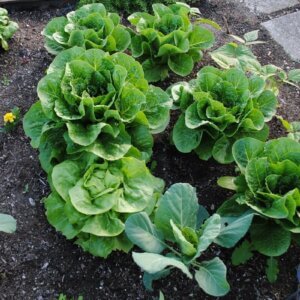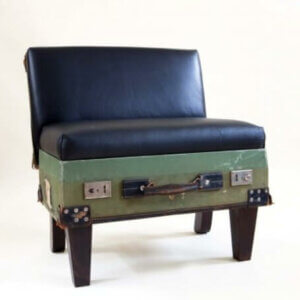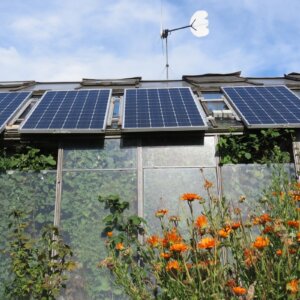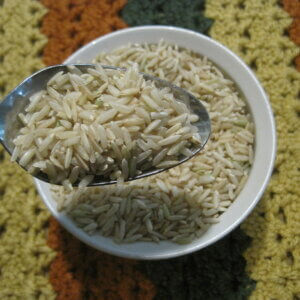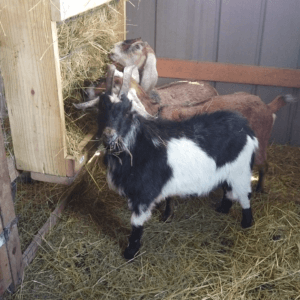Tiny houses vary widely in cost. The factors that are going to impact the final price tag of your tiny house are:
- The type of materials you use (natural materials, salvaged or new)
- The systems and features you chose (off-grid or on-the-grid)
- Whether you are building it yourself or hiring a builder
- If you’ll be putting your tiny home on a trailer or if you need to purchase/rent land
You can build your tiny house completely DIY, designing your own blueprints and acquiring all materials yourself. You can purchase plans, kits, shells, completely finished homes or even used tiny houses. Of course, all of these are going to come with different price tags and different total costs.
A Tiny House Budget For Everyone
Budget
Design/Amenities
Labor & Materials
Less than $10,000
DIY or inexpensive plan. No interior plumbing or electrical.
You do all the construction, using salvaged materials.
$10,000-$20,000
DIY or inexpensive plan. Plumbing/electrical (if DIY).
You do all the construction, using salvaged materials.
$20,000-$30,000
Plan or inexpensive kit or shell. No electrical/plumbing.
You assemble kit or build interior, plus buy inexpensive/salvage furnishings and finish the exterior.
$30,000-$40,000
Plan, kit, or shell. Electrical/plumbing possible.
You assemble kit or build interior, plus buy inexpensive/salvage furnishings and finish the exterior.
$40,000-$50,000
Plan, kit, or shell. Electrical/plumbing possible.
You assemble kit or build interior, plus buy premium furnishings and finish the exterior.
$50,000-$75,000
Pre-designed and built tiny house. Electrical/plumbing, standard furnishings.
You just move right in!
$75,000-$100,000
Pre-designed and built tiny house. Electrical/plumbing, luxury furnishings.
You just move right in!
$100,000+
Custom-designed and built tiny house. Electrical/plumbing, luxury furnishings.
You just move right in!
This is still pretty inexpensive keeping in mind that, according to the U.S. Census Bureau, the average American home—including land—costs more than $300,000.
How To Build A Tiny House For Less Than $10,000
Yes, it’s possible. Wesley and Breanne Birch, of LovingTinyLife, built a 24×8 tiny house, with a full kitchen and bathroom and two lofts, for $8000.
While researching tiny homes they got a little overwhelmed with seeing the $60,000 price tag on a lot of tiny houses and seeing the average cost to build was $25,000. So they decided to get creative and do it completely themselves. They bought a used travel trailer frame for $500 and started from there.
The Birch’s are an inspiration for all who want to live in a tiny house but don’t want to spend over $10,000. They want to let others know it is possible and have shared some tips on how to do it.
- If you can, do all of your own work. ”You can learn to do anything after watching enough Youtube videos. The two biggest things that you may want to get help with if you are not comfortable doing the work yourself are the electrical set up and the plumbing set up.”
- Learn to love second hand materials. You can find a lot of materials and appliances for free to cheap on Craigslist or places like Habitat For Humanity Restores.
- Gather materials early. “Before you even lift a hammer, write down a list of materials that will be needed and start gathering them right away.”
- Do not buy windows to fit your frame; frame your building to fit your windows. “Windows are incredibly expensive to buy brand new, so buy them used and frame your walls to fit them.”
- Ask for help. You’d be surprised with how many people in your community are willing to help with a project like this. They may even have skills and materials to offer.
For the full list of the Birch’s tips and tricks to bring costs down check out Building Tiny On A Budget.
You may not be able or willing to use all of their tips, but they could help bring costs down.
Here’s another video of a tiny house built by Jenine from Forge Ahead Construction who build her tiny home for under $3500, largely using recycled materials:
Costs You Can’t Avoid
Don’t cut costs on important features, like the trailer. The trailer is the foundation of the home. Buying a cheap one could lead to disaster, like your house falling over while driving down the road.
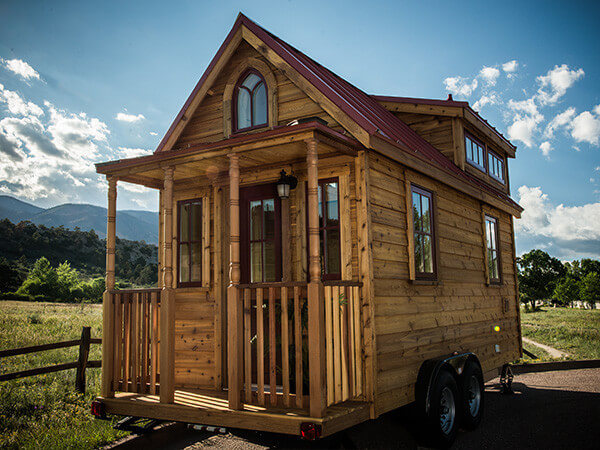
Labor costs money. Whether it is your time or someone else, labor will be the bulk of your construction budget. That’s why a fully-built tiny house is hard to find for less than $50,000. The less help, the more you pay, or the slower it goes.
Organizing a community work party is a great way to get a few extra hands. With interest in tiny houses at an all-time high, you’ll be surprised at how many people are willing put time in to help you build and help themselves learn.
Design Costs
Buying Tiny House Plans
When you purchase plans from a tiny house plan company like Four Lights Houses or Portland Alternative Dwellings, you’ll pay an initial plan fee. This fee ranges from $100-$800; it depends on how comprehensive the plans are. Once you have the plans you’ll have to purchase materials and either do the work yourself or hire some help. The total cost is going to start around $18,000.
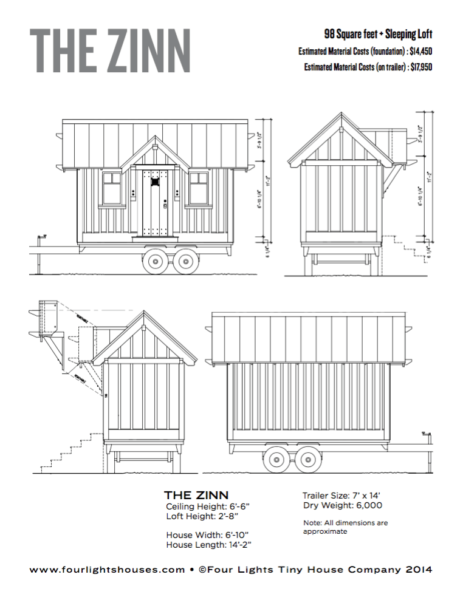
Buying Tiny House Kits
Shells and kits cost more upfront—around $25,000—but require less labor. There is still some labor required; you have to assemble it. But the overall amount of DIY time is going to be a lot less than if you were going to start from scratch, some kits can take a day or two to assemble. With kits you are paying for convenience and ease. ost of the construction has been done for you, leaving you with minimal assembly/constructing. After all is said and done, the total cost can be anywhere from $25,000 on up.
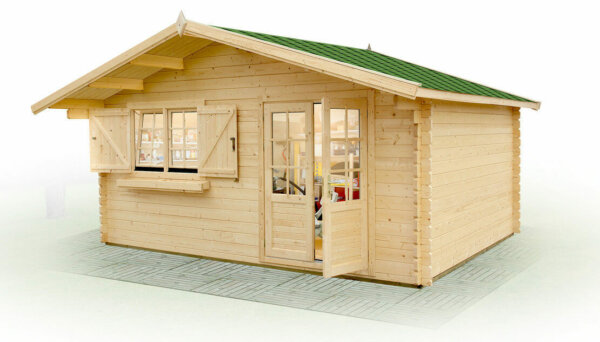
Hiring Tiny House Builders
The most expensive option? Hiring someone to build your house for you. If they design it too, the price goes even higher. Most people who hire a builder pay $40,000-$100,000 for a custom-built tiny home. Our Tiny Home Builders page goes into more detail about how to choose a builder, and recommends builders to choose from.
Buying A Used Tiny Home
If you buy a used tiny home you could pay less than half of what you’d pay you bought it new. Often times people build tiny houses to live in temporarily, while building their “other house”. So this leaves a lot of newly built, “gently-used” tiny houses for sale at drastically lower prices.
Site Costs: Land and Energy
The cost of land and utilities vary depending on your energy needs are and what systems you use.
Ideally, we would all be using solar energy, catching rainwater and using compost toilets. But that is not possible for most people, especially those who you live in a climate that doesn’t get much rainfall, or are living on temporary land.
If you are able to incorporate off-grid utilities I highly recommend making the initial investment to do so. It will save you money in the long run, adding to the sense of freedom that is so commonly talked about in the tiny house movement, and you will move away from dependency on fossil fuels towards self-sufficiency.
Solar Power For Tiny Houses
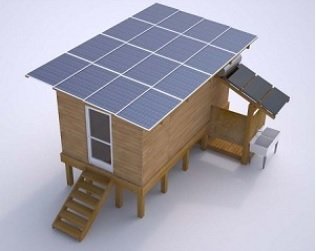
Solar panels will save you money in the long run but are expensive upfront. The panels aren’t the expensive part, the inverter and battery packs are. If you want to go solar you are looking at an average of $10,000 for the start up. After that though, you won’t have an energy bill and you can even sell solar energy back to the grid.
Connecting your house to the local power grid could cost you only a couple hundred for the installation, not including the monthly electricity bills. And if your house is close to a connection terminal, the process is pretty standard and routine. But if your house is far from the nearest connection terminal and the power company has to install long lines to connect the two, it could cost you tens of thousands of dollars.
Site Costs: Water For Tiny Houses
There are two options for bringing water into your house. Either you plumb your house or you don’t.
And as with everything else that goes into designing and living in your tiny house, it all depends on your unique lifestyle and what your needs and wants are.
No Plumbing
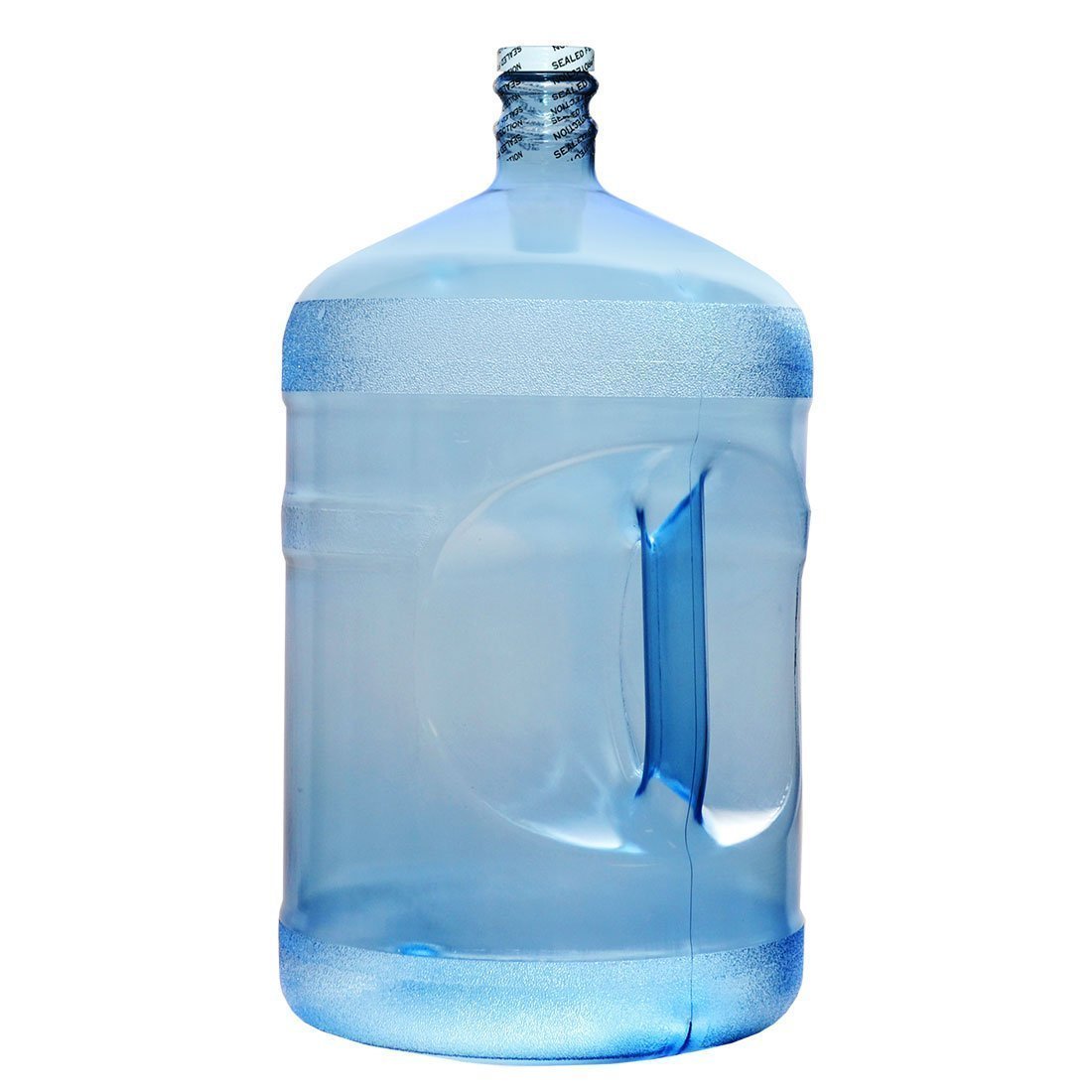
The cheapest option is to have no plumbing in your house. This would require you to have a compost toilet of some sort, and a grey water system to “flush” the water out. To get water, you’d need either a rain catchment system or to truck or haul water in from off site.
A benefit of not plumbing your house, other than the cost and decreased environmental impact, is you won’t have to drink the city water which is usually full of more than just H2O!
Carrying water in from off site might sound like a burdensome task, but from personal experience, it isn’t as hard as it sounds. Big water jugs are relatively easy to find and cheap ($15-$20 for a 5 gallon jug). A lot of food co-ops have filtered water fountains that you can bring your water jugs to and fill up for a just a few dollars a gallon. This way you can see how much water your house uses and can be more conscious of any and all excess water use.
Rain Catchment and Greywater
Dan Durica, from Dancing Rabbit Ecovillage, collects rainwater off his roof, stores it in an underground cistern, and pumps it to his kitchen faucet using a solar powered pump. In his video Rainwater Catchment For A Tiny House he reminds us how important water conservation is and how simple it can be to sustainably harvest it from the environment.
If you are considering having an underground cistern and rain catchment system, factor in the costs of specialized equipment like a transfer pump and UV filter to make the water potable. This can cost around $500.
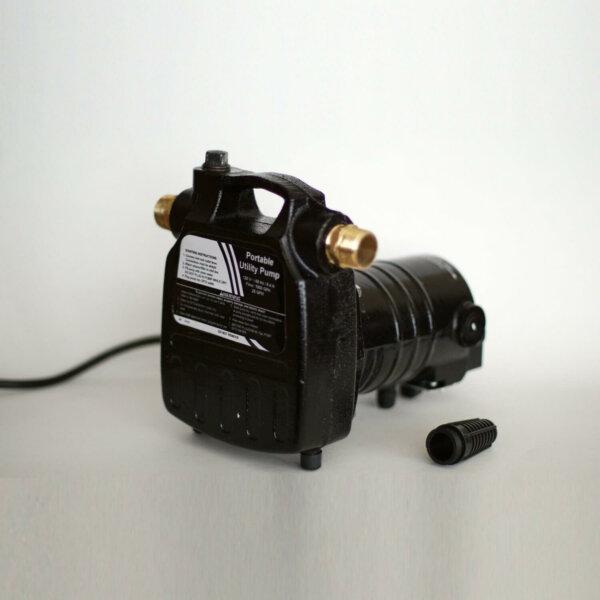
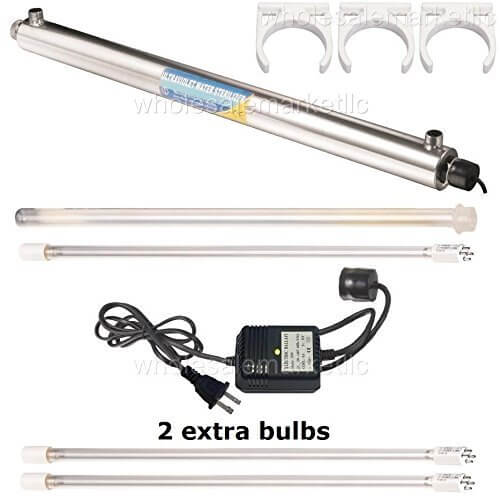
For houses that are mobile and can’t set up a greywater system that goes directly back outside, consider a portable grey water tank. Depending on the size these can cost $100 and up. Check the regulations of your area before disposing any grey water back into the ground, some places consider anything from a kitchen sink to be “black water” or wastewater.
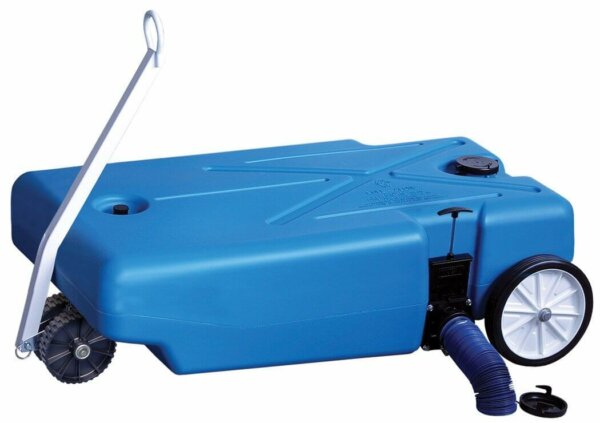
Water Tank
Another option is to put a water tank in your house and use a pump and pressurizer to circulate the water through. This option gives you the luxuries of living in a plumbed house without it actually being plumbed. The total cost will be about $500, depending on the size of the tank and pressurizer.
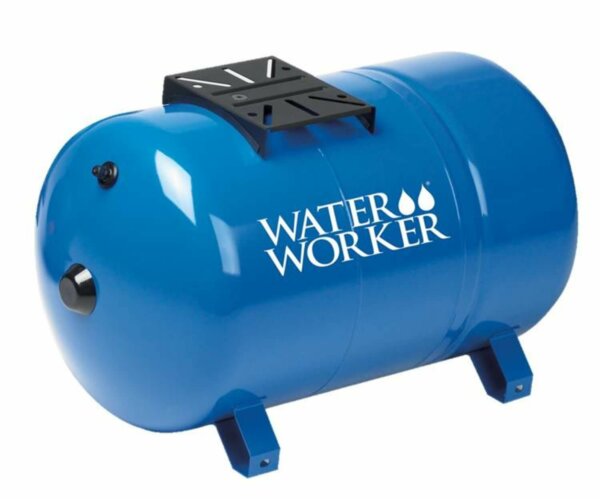
Plumbing
If you don’t plan on going off-grid and you have access to a water source, most tiny houses are plumbed the same way as RV’s are. The water comes in through a RV hose and leaves through a RV sewer valve, connecting the home to the sewer.
If you are buying a pre-built tiny house or design plans from somewhere like Tumbleweed, the houses are designed to be plumbed this way.
If you are building your house or adapting purchased plans, and want to go the route of plumbing, a sewer hose is around $30, a twist-on valve is about $20, and a hose for fresh water also costs around $20.
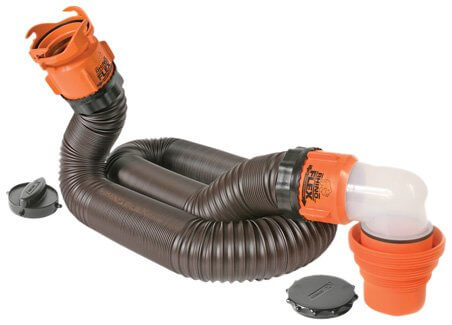
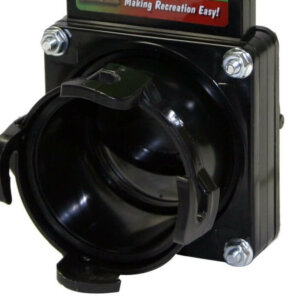
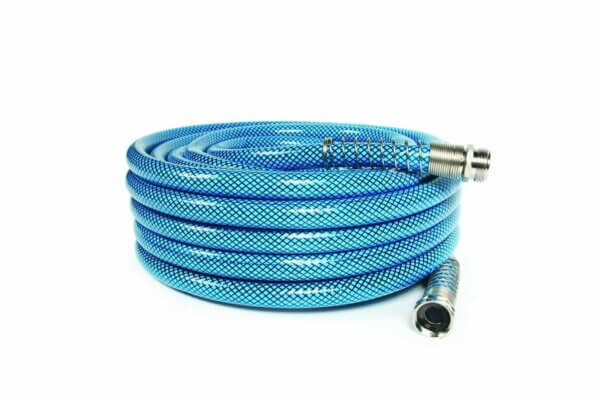
Getting Fresh Water When You’re Off The Grid
Mother Earth News has a comprehensive article on how to get all the fresh water you need in the most simple and “old fashioned” way.
Shareable connected with four “off-the-grid tiny housers” to talk about their off-grid electrical, sewage and water systems, the benefits and challenges of living this way and what someone who is considering living off-grid should know.
MinimHouse founder, Brian Levy, who spent a year designing a rainwater collection and filtration system for tiny homes, shares his “tested and proven” system design and equations.
How To Find Land To Live On
According to the USDA, the average U.S. price for land outside city limits is $3,000/acre. That’s the average. The actual price of any land comes down to the location of the land and the resources that come with the land (i.e., if there is a well on the land).
Tiny House Listings has listings for people to buy, sell or rent tiny and small house properties from around the world.
Search Craigslist regularly for listings under the For Sale section as well as the Housing and Community sections.
Tiny House For Us provides free listings for tiny houses for sale, for rent, and property space for parking to people across the United States.
Tiny House Community has maps for finding tiny house communities, forums to discuss tiny house related topics and classifieds for people seeking a place to park their homes.
Homes and Land is a real estate web site offering thousands listings of homes and land for sale throughout the US and CA.
Landflip has postings of farmlands, ranchland, acreage and rural land that is for sale/for lease in all 52 U.S. states.
LandWatch helps you find rural properties and land for sale, including farms for sale, ranches for sale and development sites.
Because tiny homes are so small and don’t need much space, it is more difficult to find small patches of land to build/live on than it is to find “average home” sized plots. Jennifer Riner, from Zillow, shares 3 tips to finding appropriately sized land for tiny homes.
Ideas for “staying within the system- to get around the system”. These ideas include “camping” in your friend’s backyard, looking for multifamily zoned land and looking for communities that don’t have a lot of building restrictions.
On a typical day, eBay has hundreds of plots of land available for auction.

